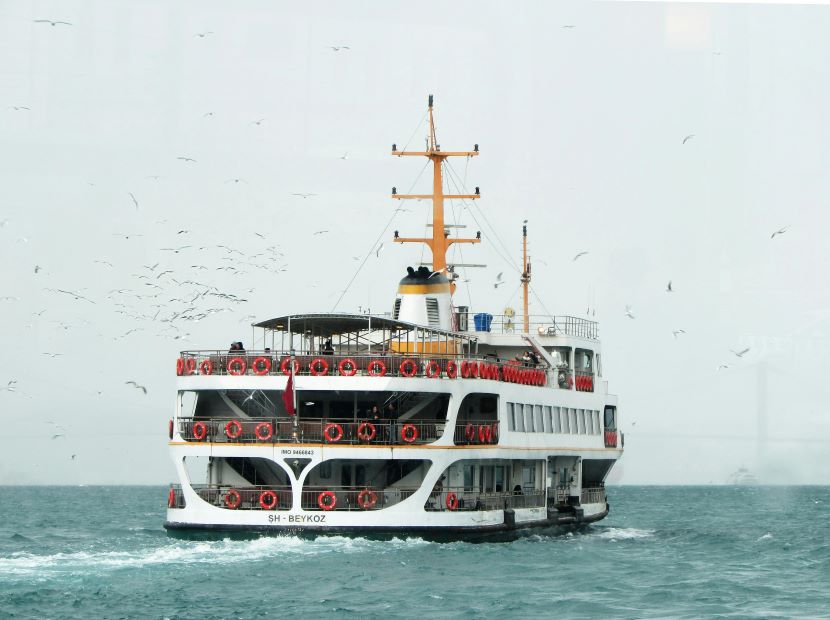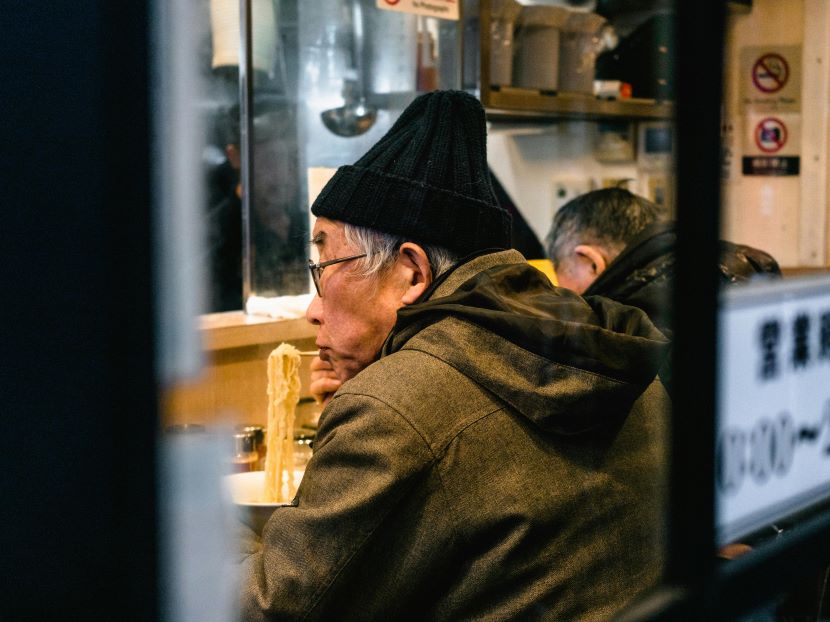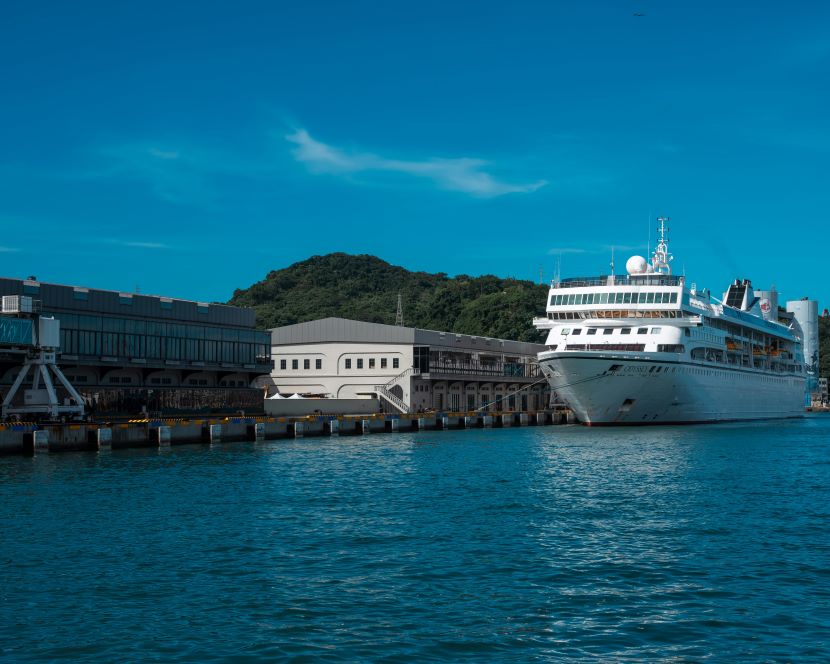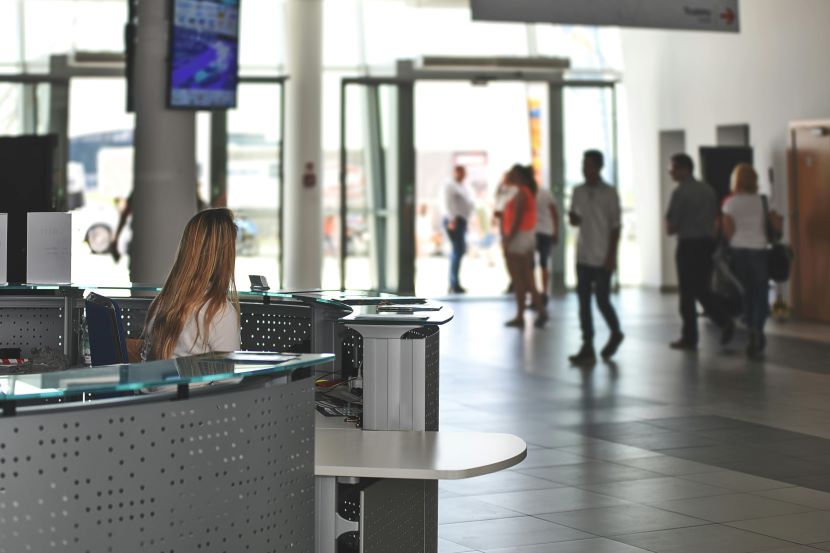Skift Summit Unveils: How Digital Connectivity Is Enabling Sustainable Tourism By Redefining Traveller Flow And Visitor Spending In New York City

The essential role of connectivity in forging a sustainable future for the travel industry was thoroughly examined during the esteemed Skift Transatlantic Summit 2025. A compelling presentation was delivered, outlining how digital connectivity acts as the core mechanism for cultivating responsible tourism practices on a global scale. It was asserted that the seamless flow of information and access to advanced technological tools are not merely conveniences but fundamental necessities for the industry’s long-term health. The discussion was centered on the strategic use of platforms and data to manage visitor flows effectively, a process considered paramount in the age of widespread travel.
The imperative for balancing economic growth with social and environmental stewardship has become a defining characteristic of the modern travel landscape. The traditional challenges of overtourism, including the strain on local infrastructure and the erosion of cultural authenticity, are being addressed through innovative digital solutions. It was explained by Wendy Olson Killion, the Chief Executive Officer of Rome2Rio, that a critical shift in how travelers discover and access destinations is currently being observed. This shift involves the strategic pairing of inspirational content with practical, real-time access information, thereby enabling the crucial goal of traveller dispersion. This focus on decentralized travel planning is being established as the most effective countermeasure against the detrimental concentration of visitors in a limited number of high-profile locations. The entire foundation of responsible destination management is being rebuilt upon principles of accessible data and comprehensive network coverage.
The Digital Architecture of Dispersion
The core concept presented suggested that traveller behavior is being subtly yet effectively guided through advanced digital interfaces. The process involves more than simply showing a traveler where to go; it is about showing them how to get there, fostering confidence in exploring regions that were previously deemed too complex or inaccessible for independent planning. The platform provided by Rome2Rio was highlighted as an exemplary model wherein vast amounts of transport data are aggregated and simplified. This technology enables potential visitors to visualize complete, end-to-end itineraries for almost any point on the globe, effectively reducing the friction associated with non-traditional travel routes. When inspiration for a remote or lesser-known destination is successfully paired with immediately actionable, simple travel directions, the inherent barriers to exploration are dissolved.
This technological facilitation of complex travel represents a breakthrough for responsible tourism. Remote areas, often overlooked due to poor initial search results or perceived logistical difficulties, are now being placed on an equal footing with established tourist centers. Through the integration of numerous transport modes—including less common options like regional bus lines, ferries, and shared-ride services—a complete tapestry of mobility is presented to the user. This comprehensive view ensures that travel choices are made with greater awareness of all available options, promoting the selection of diverse routes and supporting a wider range of local economies. Consequently, the economic benefits of tourism are distributed more equitably across a destination region, rather than being concentrated within a few urban cores. The promotion of these alternative routes is increasingly being prioritized by destination management organizations (DMOs) as a key strategy for mitigating the environmental and social impacts associated with high-density tourism. Digital platforms are being utilized as instruments of regional planning and economic uplift, rather than just booking engines.
Data, AI, and the Precision of Planning
The capacity of modern technology to process and interpret immense volumes of traveler data is considered fundamental to the operational success of responsible tourism strategies. It was detailed that sophisticated data analytics tools are being deployed to gain real-time insights into traveller movements, booking patterns, and search trends. This information is then used to predict future visitor density and to proactively manage potential overcrowding. For instance, if an algorithm detects a sharp surge in searches for a particular landmark, dynamic adjustments can be made to promotional campaigns or transport routing suggestions, subtly diverting new demand to viable, nearby alternatives. The age of reactive destination management is being phased out, replaced by a system of predictive and preventative intervention.
Infrastructure and the Seamless Journey
The realization of responsible tourism through dispersion is entirely dependent upon robust, reliable digital and physical infrastructure. It was emphasized that the digital gaps that still exist in many peripheral regions must be addressed, as the seamless traveler experience is contingent upon consistent connectivity. Wi-Fi access, mobile data coverage, and the integration of diverse transport ticketing systems are all seen as foundational elements. For travellers to confidently venture off the beaten path, they must be assured that they can access real-time information, navigation, and booking services regardless of their location. The absence of this digital reassurance often forces tourists back into the well-trodden areas where infrastructure is known to be dependable.
Collaboration as the Foundation of Sustainable Growth
The successful implementation of these technologically-driven solutions requires an unprecedented degree of collaboration across the entire tourism ecosystem. It was strongly argued that no single entity—neither a DMO, nor a technology provider, nor a transport operator—can achieve these sustainability goals in isolation. Public-private partnerships are being recognized as the only viable model for tackling the complex challenges of overtourism and climate impact. Destination management organizations are needed to provide critical local insights and policy frameworks, technology firms must develop the tools for efficient data processing and seamless user experience, and transport providers must ensure the availability and accessibility of diverse, lower-impact services.
The post Skift Summit Unveils: How Digital Connectivity Is Enabling Sustainable Tourism By Redefining Traveller Flow And Visitor Spending In New York City appeared first on Travel And Tour World.



